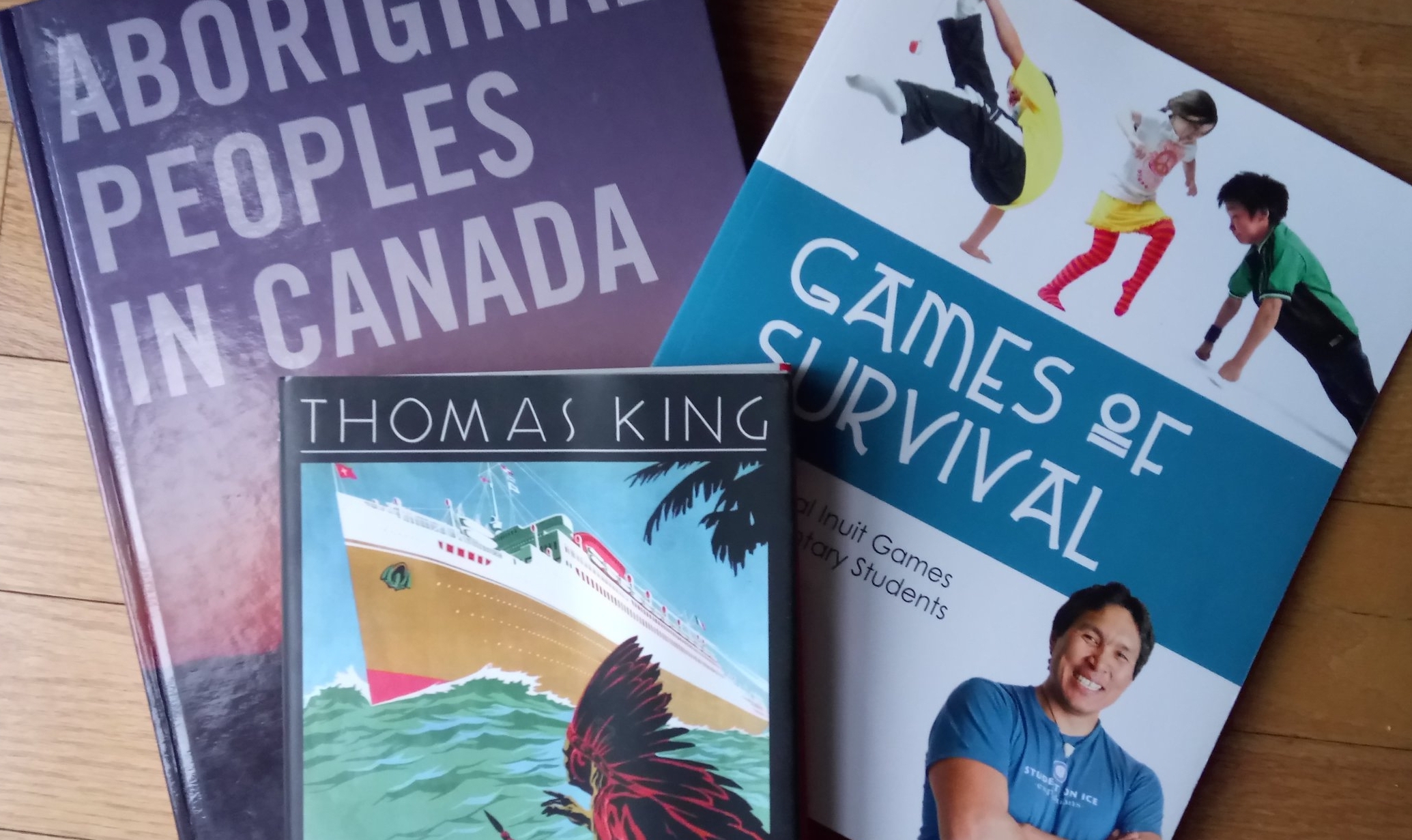Interview #2 in the Listen & Learn Teacher's Series is with Kasia Niewiadomski, a 5th grade teacher at Bakersfield Public School. Learning about Indigenous peoples and communities is a mandatory part of the 5th grade curriculum, and Kasia spoke to me about doing her best to go beyond the documents to teach about stereotypes and emphasize the diversity of Nations on Turtle Island.
My favorite part of our discussion was around the complexities that arise when speaking to ten-year-old children about Residential Schools and other forms of oppression, and the results of her attempts to have the students share their emotions about their learning.
Kasia also bravely spoke about what happens when we make mistakes as teachers, and how she keeps pushing the boundaries of her teaching. Like many of us, Kasia is grappling with the uncertainty that comes from learning information about Indigenous topics and Canadian history that are new.
I'd love to know what you took from my chat with Kasia! Email me with your feedback!
Questions to Consider
- How can I encourage my students to reflect on their emotional reactions in relation to Indigenous content?
- What subjects do I feel are not to be covered with my students? Is that about my discomfort or theirs?




